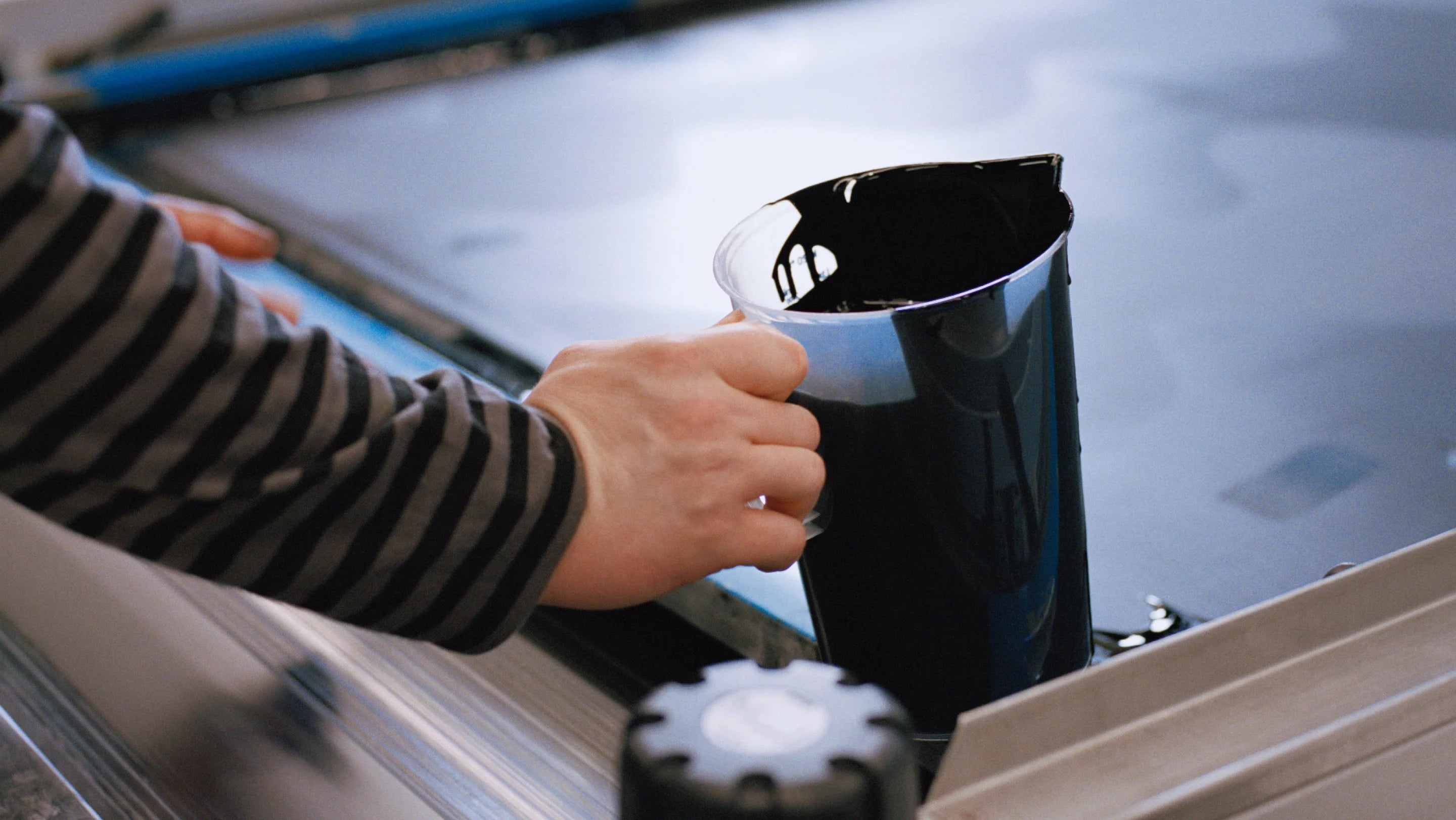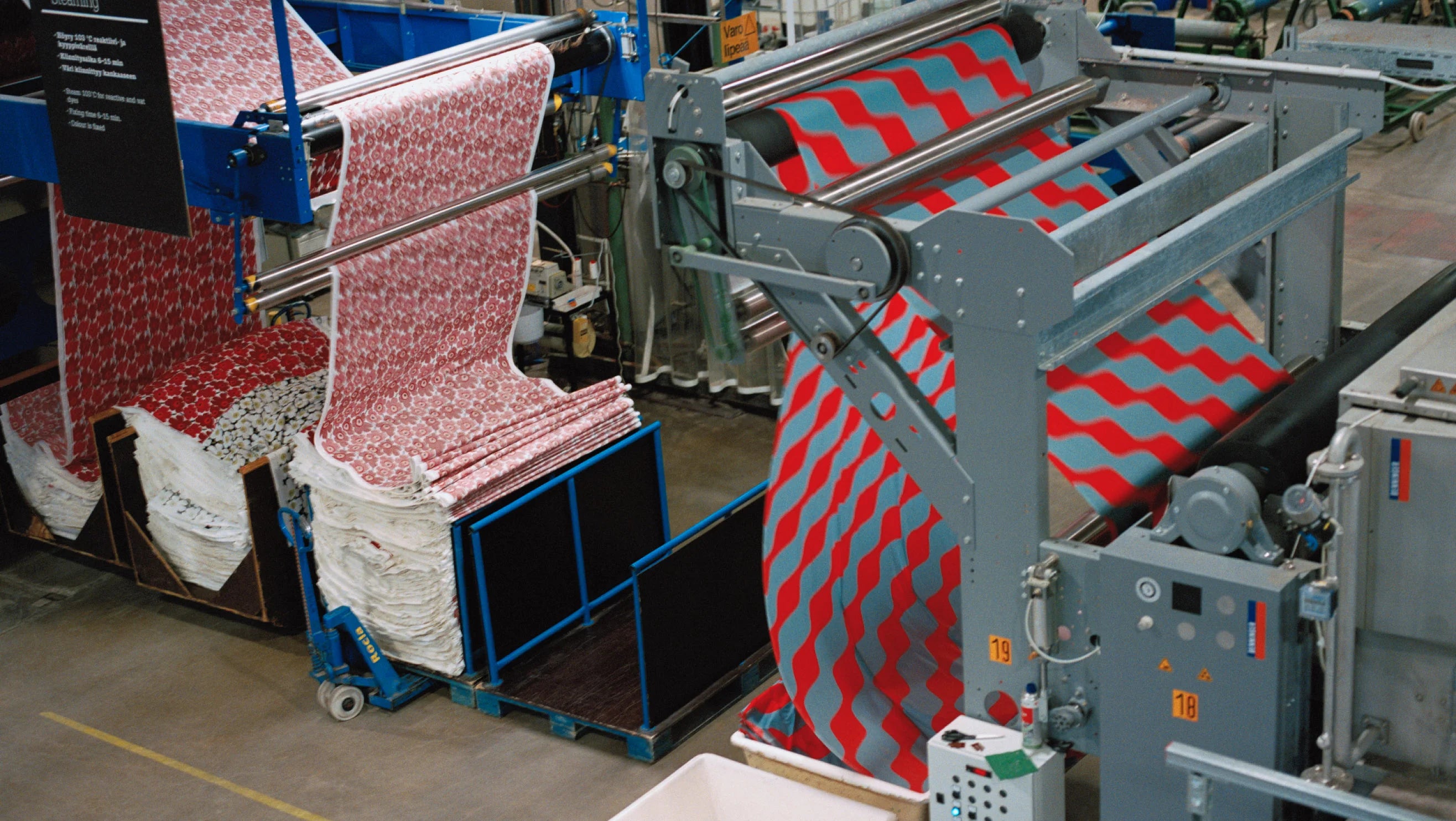We believe that, in the future, timeless and high-quality products will be made in balance with the environment, in line with theprinciples of the circular economy. We are committed to continuously and collaboratively driving innovation in technologies, materials, and business models to push the industry forward and reach our ambitious vision of leaving no trace.

Products leave an environmental footprint throughout their lifetime. Learn how we strive to change how we operate during each stage.
-
Finding better materials and dyes
-
While quality has always been key criterion for us, e.g. water usage and emissions are an increasingly important factors when choosing materials for our products. In particular, we are looking for materials that require fewer resources to produce and support us in reaching our climate targets.
-
-

-
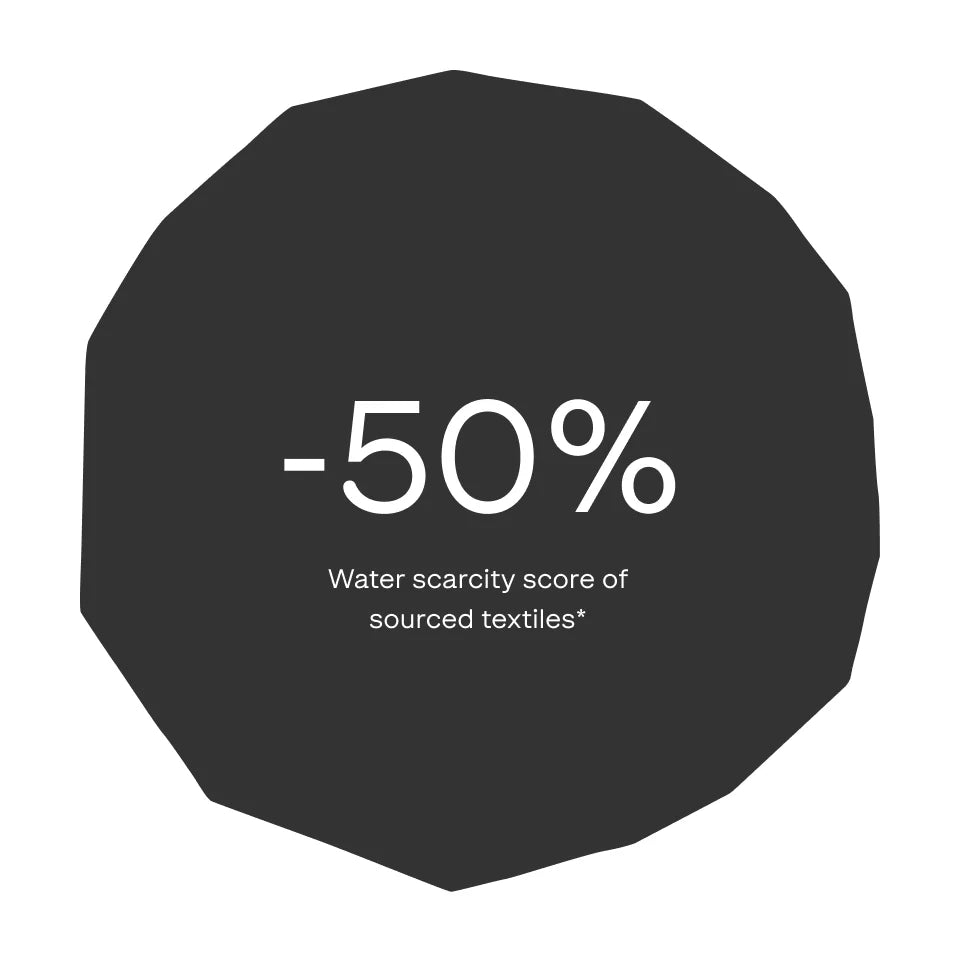
-
*Per a kilogram of sourced product compared to 2019. Water scarcity score takes into account the surface and groundwater consumption in the cradle-to-gate production of textiles and the water scarcity of the region where water is consumed.
Printing factory as a test laboratory
Our own printing factory in Helsinki, Finland serves also as a test laboratory for our innovative experiments and collaboration projects. We want to help develop our industry forward by testing new printing and material innovations. You can find more information from the following stories.

Operations
Leading by example
Decreasing the climate impact of our value chain is one of the important focus areas of Marimekko’s sustainability work. Our material strategy is one of the tools in this work.
We are working determinedly to reduce our greenhouse gas emissions. In 2022, emissions from our own operations were 72 percent lower compared to year 2019. The most significant action contributing to this achievement was that Marimekko’s headquarters and printing factory, located in Helsinki, transitioned to renewable district heating. Moreover, the gas used at our printing factory is renewable biogas made of various types of organic waste.
We are also progressing in our other emission reduction targets, but the work needs to continue. We will continue implementing our material strategy, optimizing logistics routes, and choosing less emission-intensive transportation modes, among other things.
In September 2022, we were able to take the next step in this work, when Marimekko committed to the Science Based Targets initiative (SBTi) to reduce greenhouse gas emissions.
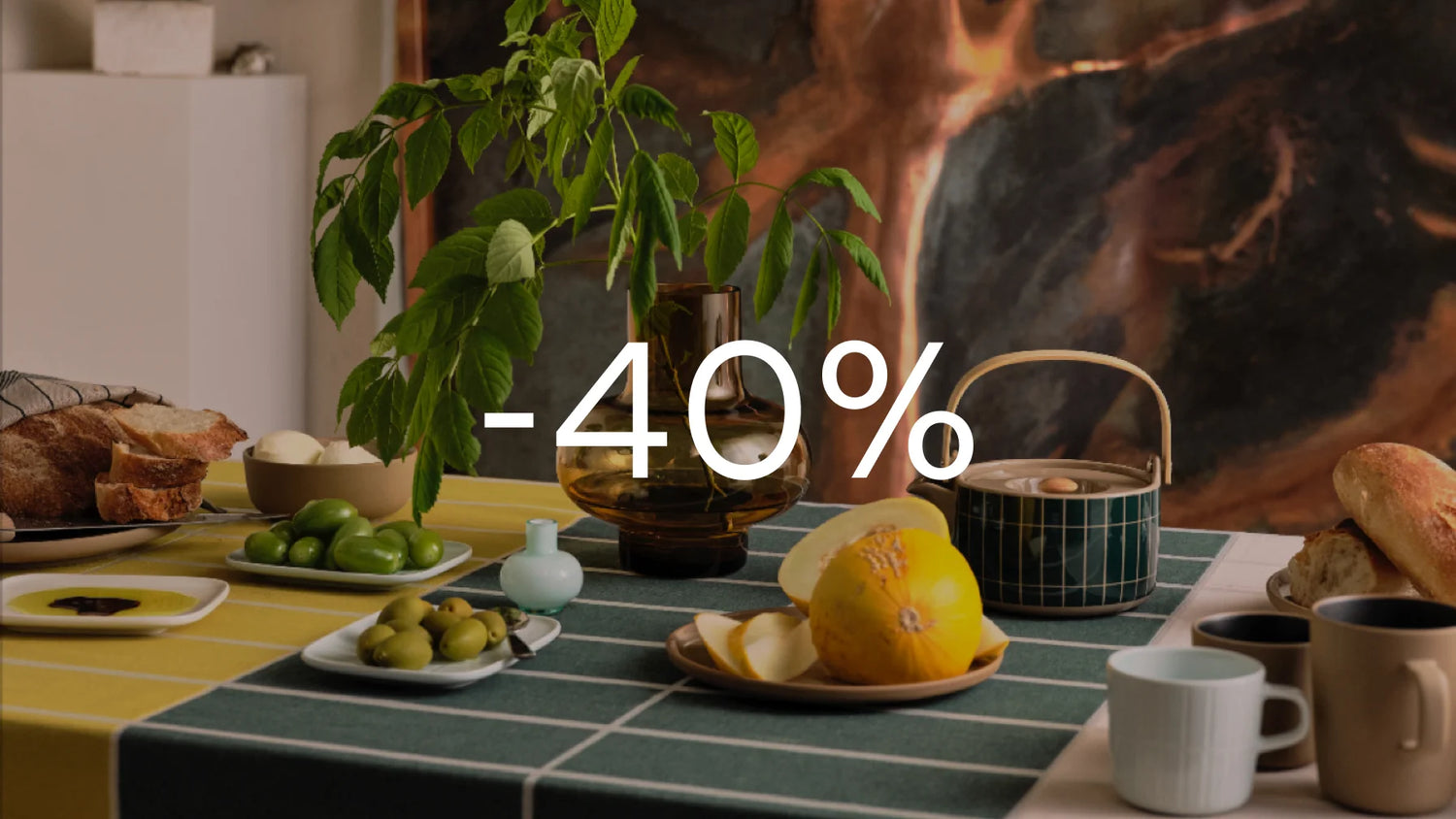
One goal accomplished
Our goal is to reduce the GHG emissions of our own operations by 40% by the end of 2025. We accomplished this goal three years early in 2022, when the emissions from our own operations (Scope 1 and 2) were 72 percent lower compared to year 2019, which is the baseline year of the goal.
Transport
Carefully considered route choices
The third biggest source of greenhouse gas emissions in our value-chain is the transportation of raw-materials and products, which accounts for 10 percentage of our carbon footprint. We work actively to further decrease the emissions, and we kindly ask for your help too.

OPERATIONS
Cut in half
We want to reduce carbon emissions from logistics by 50% in 2025.*
*Compared to 2018 levels and adjusted to volume.
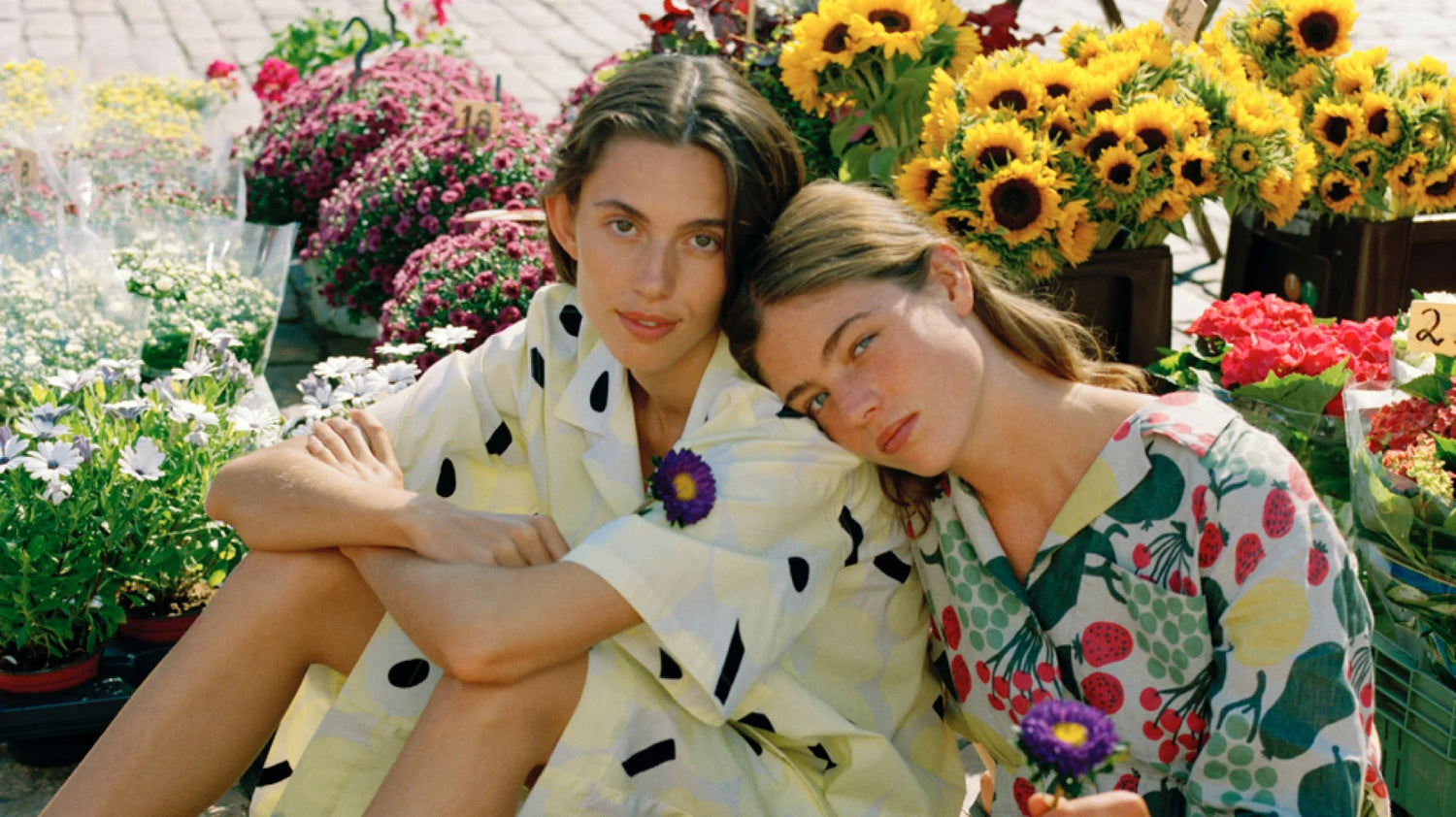
Additional initiatives we’re currently pursuing
1. Shifting to less emission-intense modes of transport
2. Optimizing routes
3. Minimizing customer return rates through better guidance
-
Tip 1: Choose apick-up option
You can reduce the emissions caused by your delivery by choosing a delivery to a convenient pickup point instead of home delivery. The delivery truck needs to travel a shorter distance, and the success of the delivery does not depend on someone being at home at the time of delivery.
-
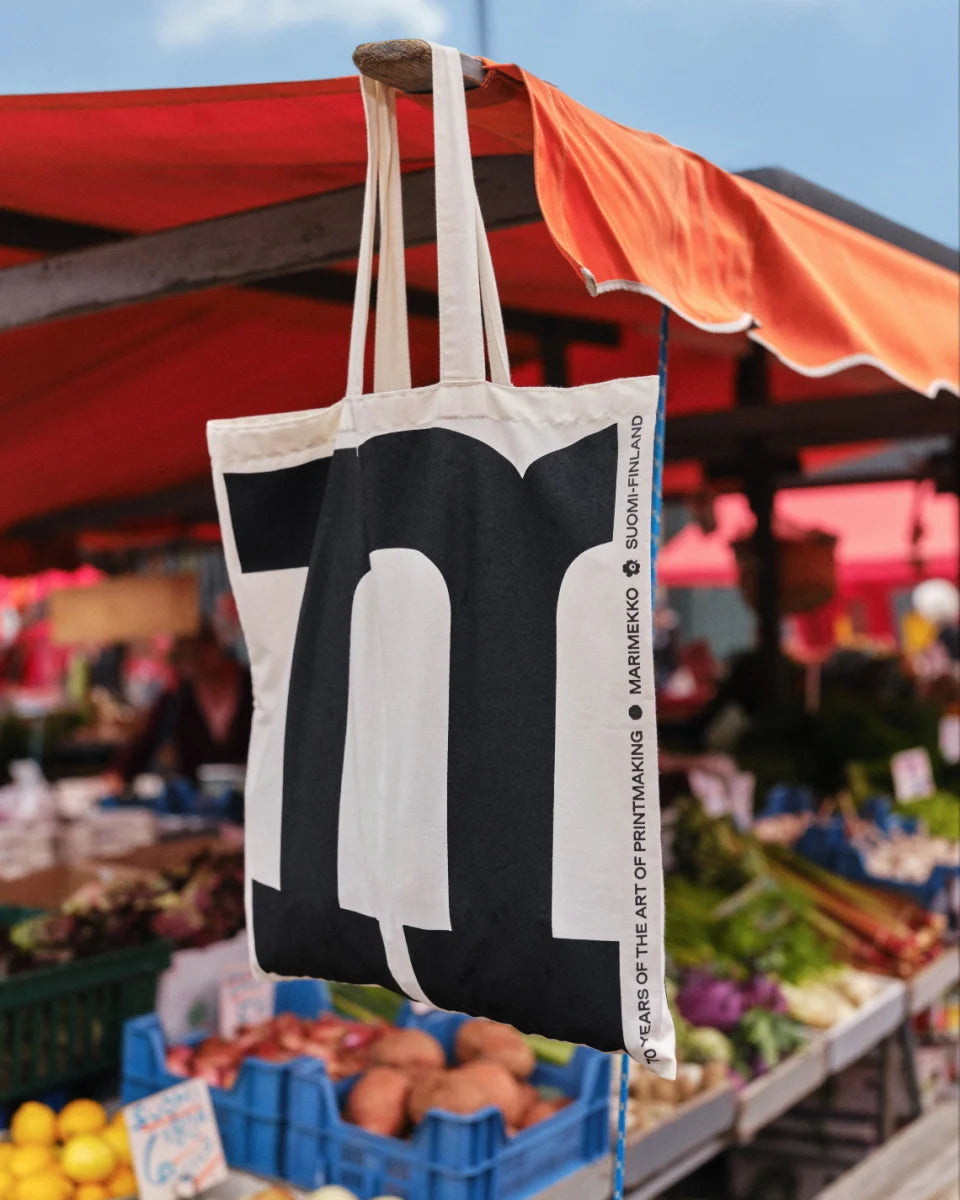
-
Tip 2: Check twice, order once
Every year, millions of online clothing orders are returned by truck because the size of a garment isn’t right. You can reduce emissions and save yourself the hassle of returns by making sure you order the correct size and only order what you intend to keep. Try our new size guide
for help.
Product care
Care beyond your clothes
Did you know that in 2022 up to 39% of the carbon footprint of Marimekko's entire value chain came from the use of sold products?
You can lower the environmental impact of your Marimekko products e.g. through the tips and tricks below.
-
Tip 3: Wash a little less
Avoid washing your clothes too often. Airing your garments is a great way to refresh them. Even minor stains are usually easy to remove by hand.
-
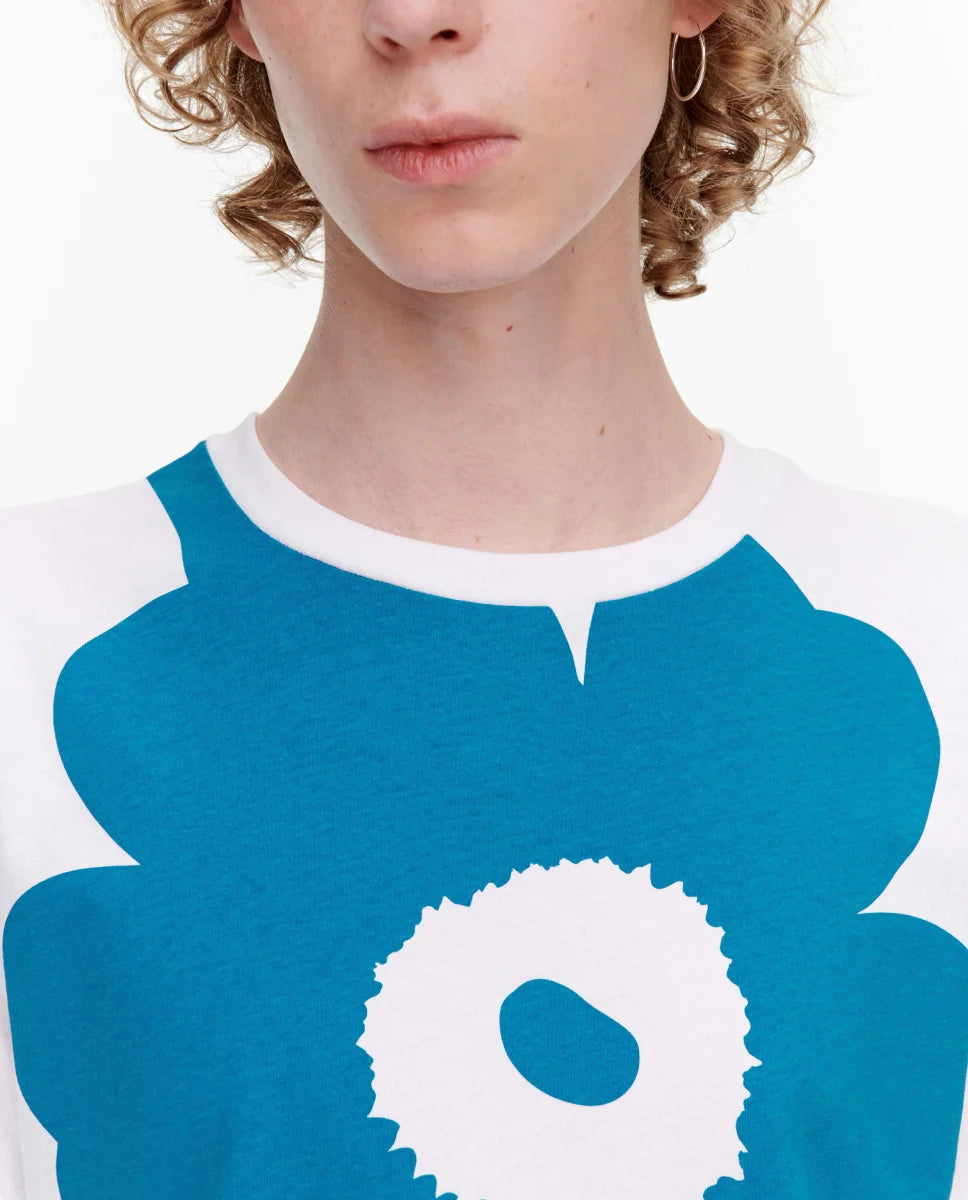
-
Tip 4: Skip the dryer
By hang drying your laundry, you will not only save energy; your clothes will keep their shape better and even last longer too.
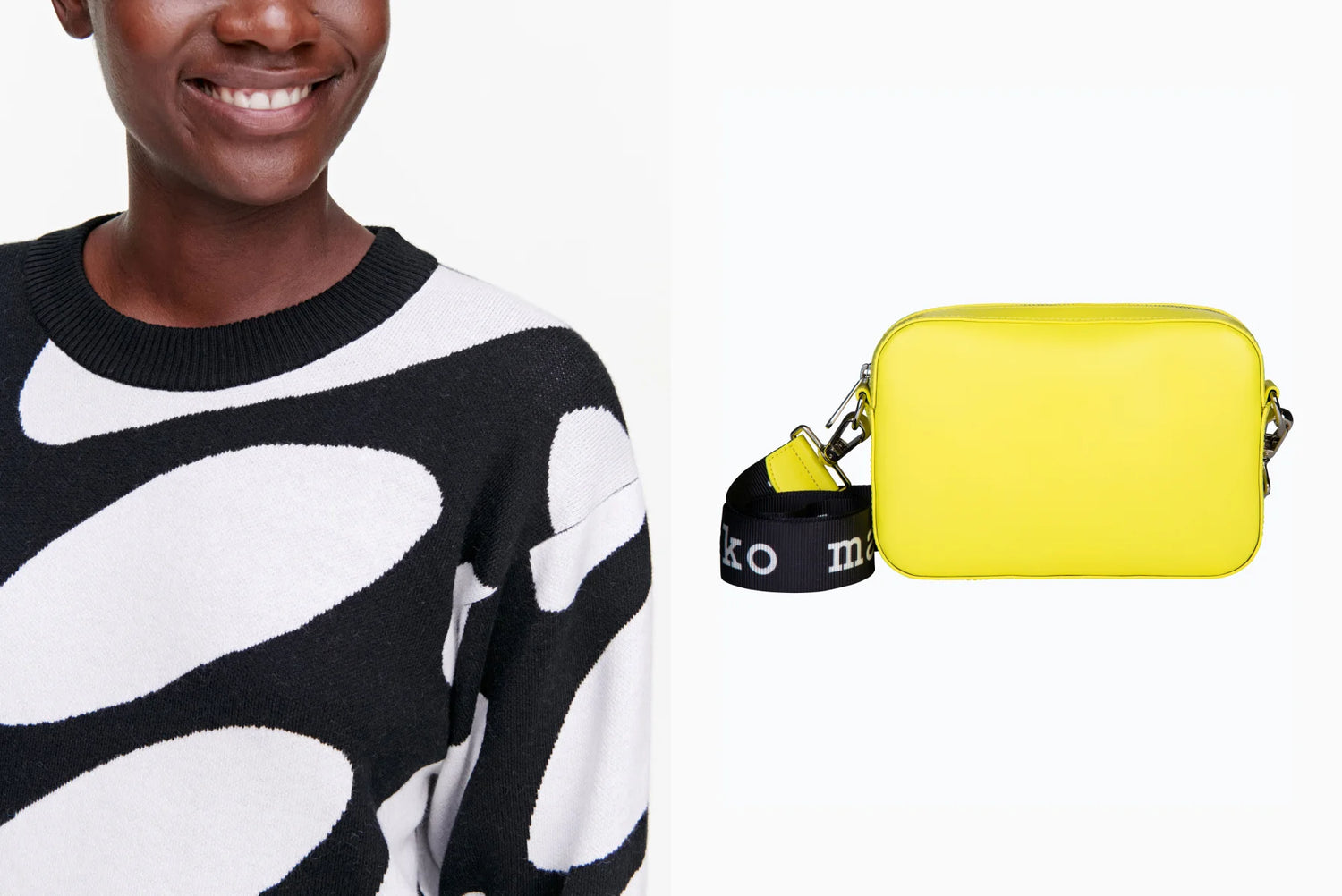
Your care guide
There are many other ways to reduce your emissions at home. All it takes is a few adjustments to your usual product care routines. Learn more in this comprehensive care guide.

